Home>Furniture & Design>Interior Design Trends>Why Does My Fish Tank Have Bubbles On The Glass
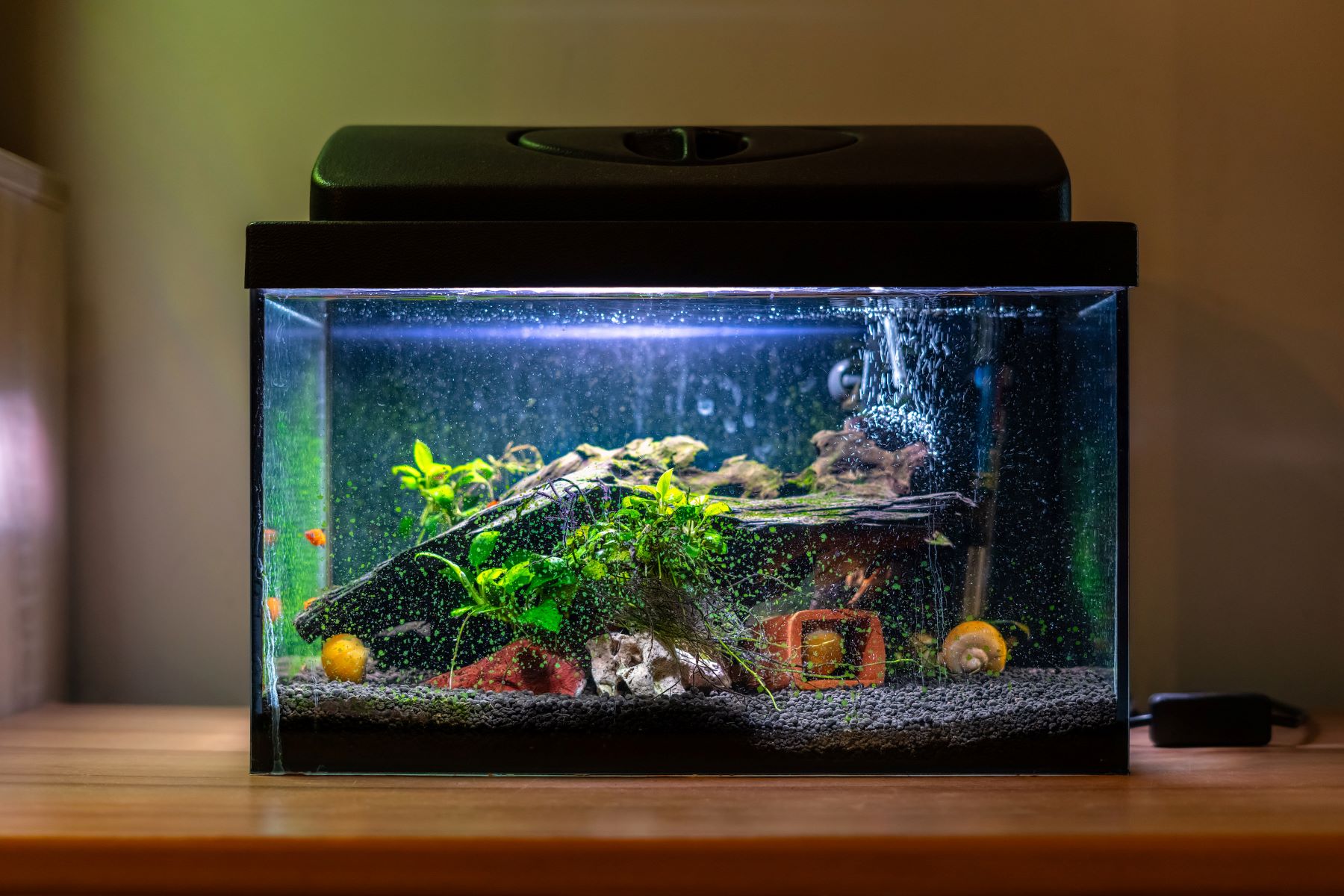

Interior Design Trends
Why Does My Fish Tank Have Bubbles On The Glass
Modified: March 6, 2024
Discover the latest interior design trends for fish tanks and learn why bubbles may appear on the glass. Keep your aquarium looking its best with expert tips and advice.
(Many of the links in this article redirect to a specific reviewed product. Your purchase of these products through affiliate links helps to generate commission for Storables.com, at no extra cost. Learn more)
Introduction
Bubbles on the glass of a fish tank can be a common and perplexing sight for aquarium enthusiasts. While it may initially seem like a minor issue, the presence of bubbles can indicate underlying problems within the tank environment. Understanding the causes of these bubbles and how to address them is crucial for maintaining a healthy and visually appealing aquatic habitat for your fish.
In this comprehensive guide, we will delve into the various factors that can lead to the formation of bubbles on the glass of your fish tank. By exploring the potential reasons behind this phenomenon, you will gain valuable insights into the dynamics of your aquarium ecosystem. Additionally, we will discuss effective strategies for eliminating these bubbles and restoring the pristine clarity of your tank's glass surfaces.
Whether you are a seasoned aquarium enthusiast or a novice fish keeper, this article will provide you with the knowledge and practical solutions needed to address this common issue. By the end of this guide, you will be equipped with the expertise to identify, troubleshoot, and resolve the presence of bubbles on your fish tank's glass, ensuring a visually stunning and healthy aquatic environment for your beloved aquatic companions.
Key Takeaways:
- Keep your fish tank glass bubble-free by managing aeration, water movement, and protein film. Strategic adjustments and regular maintenance can restore pristine clarity and ensure a visually stunning aquatic habitat for your fish.
- Control algae growth and maintain water quality to prevent bubbles on your fish tank glass. Implement targeted strategies and maintenance practices to create a visually appealing and healthy environment for your aquatic companions.
Read more: Why Does My Hot Tub Have So Many Bubbles
Causes of Bubbles on the Glass
-
Aeration and Water Movement:
The presence of bubbles on the glass of your fish tank can often be attributed to aeration and water movement within the aquarium. When air is introduced into the water, either through aeration devices such as air stones or the natural agitation caused by filtration systems, it can lead to the formation of tiny bubbles that adhere to the glass surfaces. These bubbles may accumulate over time, creating a noticeable and unsightly layer on the glass. While aeration is essential for maintaining adequate oxygen levels in the water, excessive bubbling and turbulence can result in an accumulation of bubbles on the glass. -
Protein Film:
Another common cause of bubbles on the glass is the presence of a protein film on the water's surface. This thin layer of organic matter, comprised of proteins and other organic compounds, can develop due to inadequate surface agitation and filtration. As the protein film accumulates, it can trap air underneath, leading to the formation of bubbles that adhere to the glass. This phenomenon is particularly prevalent in tanks with low water movement or insufficient surface skimming, allowing the protein film to persist and contribute to the buildup of bubbles on the glass. -
Algae Growth:
Algae growth within the aquarium can also contribute to the appearance of bubbles on the glass. Certain types of algae, such as filamentous or bubble algae, can produce oxygen as a byproduct of photosynthesis. As these algae thrive and multiply, the oxygen bubbles they release can adhere to the glass surfaces, creating a visually unappealing effect. Additionally, the presence of excessive algae can indicate imbalances in the tank's nutrient levels and lighting conditions, further exacerbating the issue of bubble formation. -
Water Quality Issues:
Poor water quality, stemming from factors such as high organic waste levels, inadequate filtration, or imbalanced nutrient levels, can lead to the accumulation of bubbles on the glass. In environments where water parameters are not properly maintained, the natural processes of gas exchange and biological activity can result in the release of excess gases, including oxygen and carbon dioxide. These gases may manifest as bubbles that cling to the glass, serving as a visual indicator of underlying water quality issues.
Understanding the diverse array of factors that can contribute to the presence of bubbles on the glass of your fish tank is essential for implementing targeted solutions. By identifying the specific causes within your aquarium environment, you can effectively address the root of the issue and restore the pristine clarity of your tank's glass surfaces.
Aeration and Water Movement
Aeration and water movement play pivotal roles in maintaining a healthy aquatic environment within a fish tank. However, the very processes that contribute to oxygenation and circulation can also lead to the formation of bubbles on the glass surfaces. Understanding the dynamics of aeration and water movement is crucial for addressing this common occurrence.
When air is introduced into the water, whether through aeration devices such as air stones or the natural agitation caused by filtration systems, it can result in the formation of tiny bubbles. These bubbles may adhere to the glass over time, creating a noticeable layer that diminishes the visual appeal of the tank. While aeration is essential for ensuring adequate oxygen levels for fish and other aquatic inhabitants, excessive bubbling and turbulence can lead to the accumulation of bubbles on the glass.
In tanks with high levels of aeration, such as those equipped with powerful air pumps or turbulent filtration systems, the likelihood of bubbles forming on the glass is heightened. Additionally, the placement of aeration devices near the glass surfaces can directly contribute to the adherence of bubbles. The impact of water movement, particularly near the glass, should also be considered. Strong currents and turbulent flows can dislodge bubbles from surfaces within the tank, causing them to accumulate on the glass.
To mitigate the impact of aeration and water movement on bubble formation, strategic adjustments can be made. This includes optimizing the placement of aeration devices to minimize direct contact with the glass and adjusting the flow patterns of filtration systems to reduce turbulence near the glass surfaces. By achieving a balanced approach to aeration and water movement, it is possible to minimize the accumulation of bubbles on the glass while still maintaining optimal oxygen levels and circulation within the tank.
In summary, while aeration and water movement are essential for the overall health of a fish tank, they can also contribute to the formation of bubbles on the glass. By understanding the interplay between these factors and implementing targeted adjustments, aquarium enthusiasts can effectively manage bubble accumulation and maintain the pristine clarity of their tank's glass surfaces.
Protein Film
The presence of a protein film on the surface of the water in a fish tank can significantly contribute to the formation of bubbles on the glass. This thin layer of organic matter, composed of proteins and other organic compounds, can develop due to inadequate surface agitation and filtration. As the protein film accumulates, it can trap air underneath, leading to the formation of bubbles that adhere to the glass surfaces.
The formation of a protein film is often associated with the buildup of organic waste and uneaten food particles in the aquarium. When these organic substances decompose, they release proteins and other compounds that contribute to the formation of the film. Additionally, the lack of sufficient surface agitation and skimming can allow the film to persist and exacerbate the issue of bubble formation.
In tanks with low water movement or inadequate surface skimming, the protein film can remain undisturbed, providing an ideal environment for the entrapment of air and the subsequent formation of bubbles on the glass. The accumulation of this film not only detracts from the visual clarity of the tank but also indicates potential imbalances in the tank's ecosystem.
To address the presence of a protein film and the associated bubble formation, targeted strategies can be employed. Implementing effective surface agitation, such as through the use of surface skimmers or adjusting the flow patterns of filtration systems, can help prevent the buildup of the protein film. By promoting adequate water movement at the surface, the film is less likely to form, reducing the likelihood of bubbles adhering to the glass.
Furthermore, regular maintenance practices, including the removal of organic debris and the implementation of a balanced feeding regimen, can help minimize the accumulation of organic waste and the subsequent formation of the protein film. By addressing the root causes of the film, aquarium enthusiasts can effectively mitigate the issue of bubble formation on the glass, restoring the pristine clarity of their tank's surfaces.
In summary, the presence of a protein film on the water's surface can contribute to the formation of bubbles on the glass of a fish tank. By understanding the factors that lead to the development of the film and implementing targeted solutions to promote surface agitation and reduce organic waste accumulation, aquarium enthusiasts can effectively address this common issue and maintain a visually appealing aquatic environment.
Algae Growth
Algae growth within the aquarium can significantly contribute to the appearance of bubbles on the glass, presenting both a visual concern and an indicator of potential imbalances within the tank's ecosystem. Certain types of algae, such as filamentous or bubble algae, have the capacity to produce oxygen as a byproduct of photosynthesis. As these algae thrive and multiply, the oxygen bubbles they release can adhere to the glass surfaces, creating an unsightly effect.
The presence of excessive algae growth not only detracts from the aesthetic appeal of the aquarium but also serves as a potential indicator of imbalanced nutrient levels and lighting conditions. When algae proliferate unchecked, it can disrupt the natural balance of the tank's ecosystem, leading to the accumulation of oxygen bubbles on the glass. Additionally, the presence of excessive algae can indicate poor water quality and inadequate maintenance practices, further exacerbating the issue of bubble formation.
To address the impact of algae growth on bubble formation, targeted measures can be implemented. Effective algae management strategies, such as optimizing lighting duration and intensity, promoting balanced nutrient levels, and implementing regular algae removal practices, can help mitigate the proliferation of algae within the aquarium. By creating an environment that is less conducive to excessive algae growth, aquarium enthusiasts can reduce the likelihood of bubbles adhering to the glass surfaces.
Furthermore, the introduction of algae-eating organisms, such as certain species of fish, snails, or shrimp, can aid in controlling algae growth and preventing the accumulation of oxygen bubbles on the glass. These organisms can serve as natural allies in maintaining a healthy aquatic ecosystem, contributing to the visual clarity of the tank and addressing the underlying causes of bubble formation.
In summary, the presence of algae growth within the aquarium can contribute to the formation of bubbles on the glass, indicating potential imbalances in the tank's ecosystem. By implementing targeted algae management strategies and introducing algae-eating organisms, aquarium enthusiasts can effectively address this issue, restoring the pristine clarity of the tank's glass surfaces and promoting a visually appealing aquatic environment.
Read more: How To Clean Fish Tank Glass
Water Quality Issues
Water quality plays a pivotal role in the overall health and stability of a fish tank's ecosystem. When water parameters deviate from optimal levels, it can lead to a range of issues, including the formation of bubbles on the glass. Poor water quality, stemming from factors such as high organic waste levels, inadequate filtration, or imbalanced nutrient levels, can disrupt the natural equilibrium of the aquarium environment, resulting in the accumulation of bubbles on the glass surfaces.
One of the primary contributors to bubble formation in relation to water quality issues is the release of excess gases, including oxygen and carbon dioxide, due to imbalances within the tank. When organic waste levels are elevated, the decomposition process can lead to the release of gases, which may manifest as bubbles adhering to the glass. Additionally, inadequate filtration can impede the removal of organic waste and other byproducts, further exacerbating the issue of bubble formation.
Imbalanced nutrient levels, particularly in the context of excessive nitrates and phosphates, can also contribute to poor water quality and the subsequent formation of bubbles on the glass. When nutrient levels are not properly regulated, it can fuel the growth of algae and other microorganisms, leading to increased oxygen production and the adherence of bubbles to the glass surfaces. Furthermore, imbalanced nutrient levels can disrupt the overall equilibrium of the tank, impacting the well-being of fish and other aquatic inhabitants.
Addressing water quality issues requires a multifaceted approach, encompassing regular water testing, effective filtration, and diligent maintenance practices. By monitoring and maintaining optimal water parameters, including ammonia, nitrite, nitrate, and phosphate levels, aquarium enthusiasts can mitigate the potential for bubble formation due to poor water quality. Implementing robust filtration systems, coupled with routine water changes and substrate cleaning, can aid in removing organic waste and maintaining a healthy aquatic environment.
Furthermore, promoting a balanced and nutrient-controlled ecosystem through prudent feeding practices and the strategic use of aquatic plants can contribute to the prevention of water quality issues and the associated bubble formation. By fostering a harmonious and stable tank environment, aquarium enthusiasts can minimize the impact of poor water quality on the glass surfaces, ensuring a visually stunning and healthy aquatic habitat for their beloved aquatic companions.
In summary, water quality issues, stemming from imbalanced nutrient levels, high organic waste levels, and inadequate filtration, can lead to the formation of bubbles on the glass of a fish tank. By prioritizing water quality management and implementing targeted solutions, aquarium enthusiasts can effectively address this issue, restoring the pristine clarity of their tank's glass surfaces and promoting a visually appealing aquatic environment.
Check for a build-up of organic waste or residue on the glass. Use a clean algae scraper to remove it. Also, ensure proper aeration and water circulation in the tank.
How to Get Rid of Bubbles on the Glass
Addressing the presence of bubbles on the glass of a fish tank requires a systematic approach aimed at targeting the underlying causes while restoring the pristine clarity of the tank's surfaces. By implementing effective strategies and maintenance practices, aquarium enthusiasts can successfully eliminate the accumulation of bubbles, creating a visually stunning and healthy aquatic environment for their beloved aquatic companions.
1. Aeration and Water Movement Management
Strategic adjustments to aeration devices and filtration systems can help minimize the impact of excessive bubbling and turbulence on the glass surfaces. Optimizing the placement of aeration devices to reduce direct contact with the glass and adjusting the flow patterns of filtration systems can mitigate the accumulation of bubbles while maintaining optimal oxygen levels and circulation within the tank.
2. Protein Film Prevention and Removal
Promoting effective surface agitation through the use of surface skimmers and adjusting filtration flow patterns can prevent the buildup of a protein film on the water's surface. Additionally, regular maintenance practices, including the removal of organic debris and the implementation of a balanced feeding regimen, can help minimize the accumulation of organic waste and the subsequent formation of the protein film, thereby reducing the likelihood of bubbles adhering to the glass.
Read more: Why Is My Spackle Bubbling
3. Algae Management and Control
Implementing targeted algae management strategies, such as optimizing lighting duration and intensity, promoting balanced nutrient levels, and introducing algae-eating organisms, can aid in controlling algae growth and preventing the accumulation of oxygen bubbles on the glass. By creating an environment that is less conducive to excessive algae growth, aquarium enthusiasts can reduce the likelihood of bubbles adhering to the glass surfaces, restoring the pristine clarity of the tank's glass surfaces.
4. Water Quality Maintenance
Regular water testing, effective filtration, and diligent maintenance practices are essential for addressing water quality issues that contribute to bubble formation. By monitoring and maintaining optimal water parameters, implementing robust filtration systems, and promoting a balanced and nutrient-controlled ecosystem, aquarium enthusiasts can minimize the impact of poor water quality on the glass surfaces, ensuring a visually stunning and healthy aquatic habitat for their beloved aquatic companions.
By incorporating these targeted strategies and maintenance practices, aquarium enthusiasts can effectively eliminate the presence of bubbles on the glass, addressing the root causes of this common issue while creating an environment that is visually appealing and conducive to the well-being of fish and other aquatic inhabitants.
Conclusion
In conclusion, the presence of bubbles on the glass of a fish tank can serve as a visual indicator of underlying issues within the aquarium environment. By understanding the diverse array of factors that can contribute to bubble formation, aquarium enthusiasts can implement targeted solutions to restore the pristine clarity of their tank's glass surfaces and maintain a visually stunning and healthy aquatic habitat for their beloved aquatic companions.
Aeration and water movement, while essential for maintaining optimal oxygen levels and circulation within the tank, can lead to the accumulation of bubbles on the glass. By strategically adjusting the placement of aeration devices and optimizing filtration flow patterns, aquarium enthusiasts can minimize the impact of excessive bubbling and turbulence, effectively managing bubble formation while ensuring a well-oxygenated aquatic environment.
The presence of a protein film on the water's surface can also contribute to bubble formation, indicating potential imbalances in the tank's ecosystem. Through the promotion of effective surface agitation, regular maintenance practices, and a balanced feeding regimen, aquarium enthusiasts can prevent the buildup of the protein film, reducing the likelihood of bubbles adhering to the glass and restoring the visual clarity of the tank.
Furthermore, algae growth within the aquarium can lead to the appearance of bubbles on the glass, presenting both a visual concern and an indicator of potential imbalances. By implementing targeted algae management strategies, optimizing lighting and nutrient levels, and introducing algae-eating organisms, aquarium enthusiasts can effectively control algae growth and prevent the accumulation of oxygen bubbles on the glass, creating a visually appealing aquatic environment.
Addressing water quality issues, including imbalanced nutrient levels and inadequate filtration, is crucial for mitigating bubble formation. Through regular water testing, effective filtration, and the promotion of a balanced and nutrient-controlled ecosystem, aquarium enthusiasts can minimize the impact of poor water quality on the glass surfaces, ensuring a visually stunning and healthy aquatic habitat for their beloved aquatic companions.
Incorporating these targeted strategies and maintenance practices enables aquarium enthusiasts to effectively eliminate the presence of bubbles on the glass, addressing the root causes of this common issue while creating an environment that is visually appealing and conducive to the well-being of fish and other aquatic inhabitants. By leveraging a comprehensive understanding of the factors contributing to bubble formation, aquarium enthusiasts can cultivate a thriving and visually captivating aquatic environment within their fish tanks.
Frequently Asked Questions about Why Does My Fish Tank Have Bubbles On The Glass
Was this page helpful?
At Storables.com, we guarantee accurate and reliable information. Our content, validated by Expert Board Contributors, is crafted following stringent Editorial Policies. We're committed to providing you with well-researched, expert-backed insights for all your informational needs.
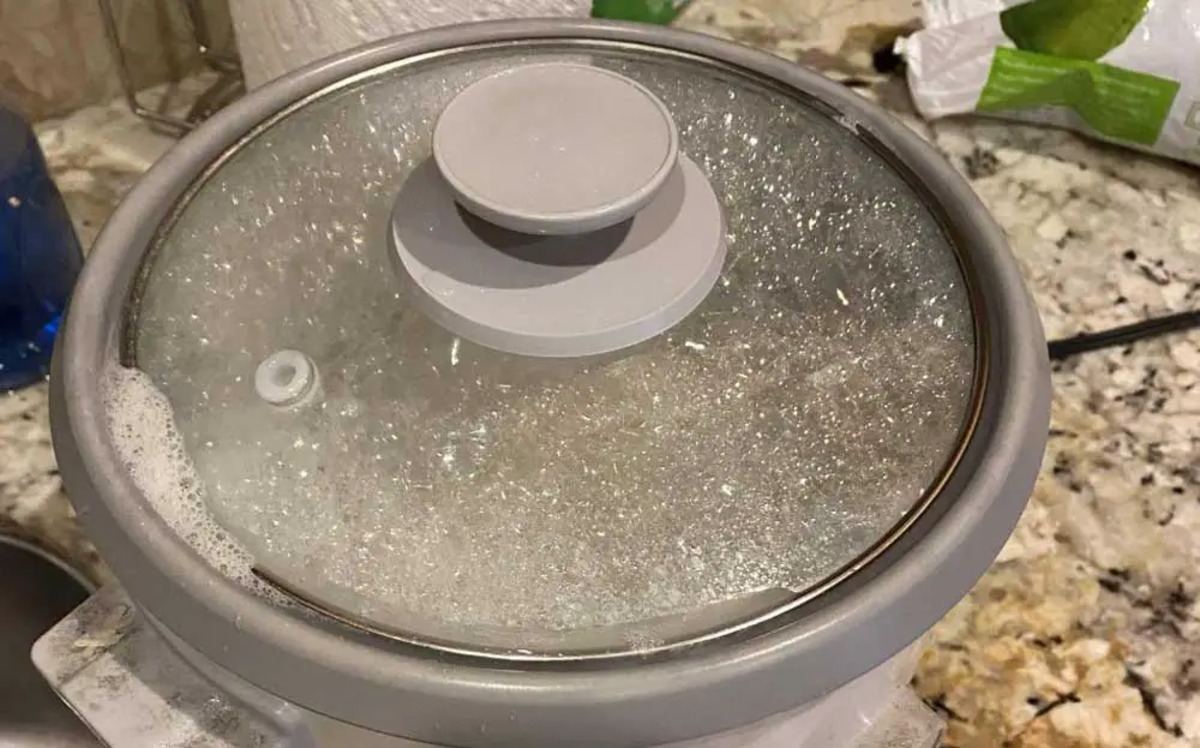
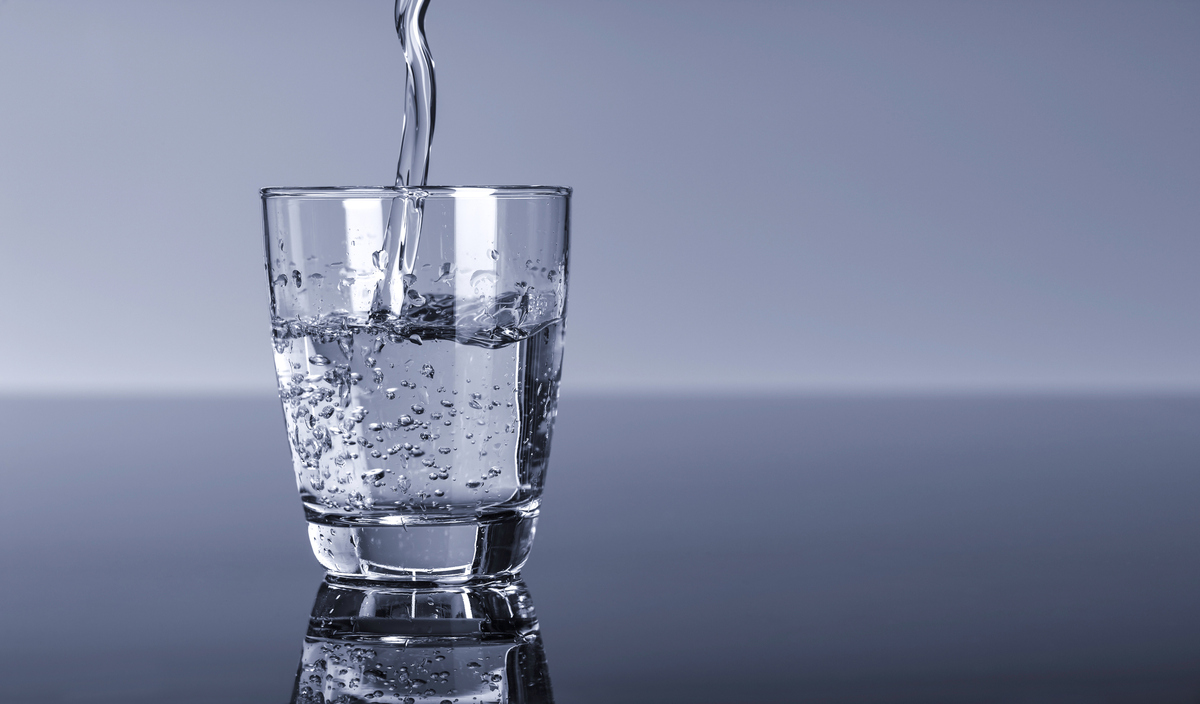
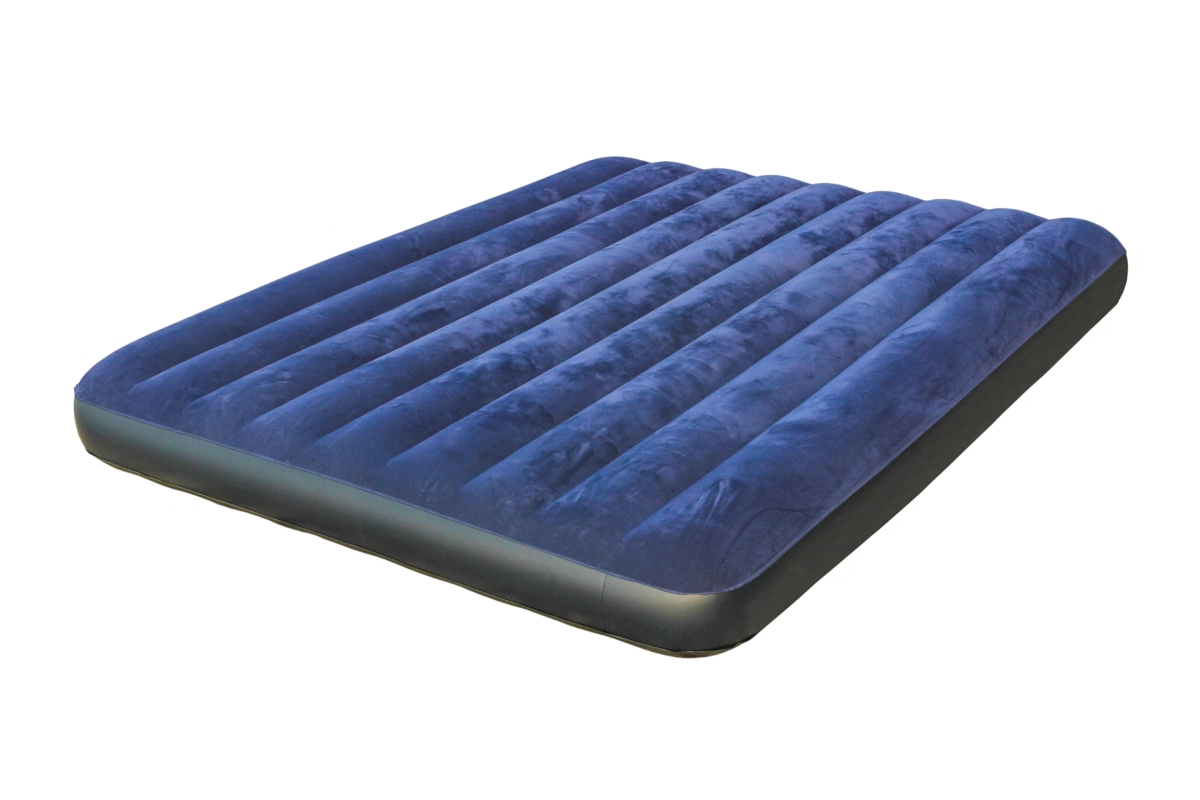
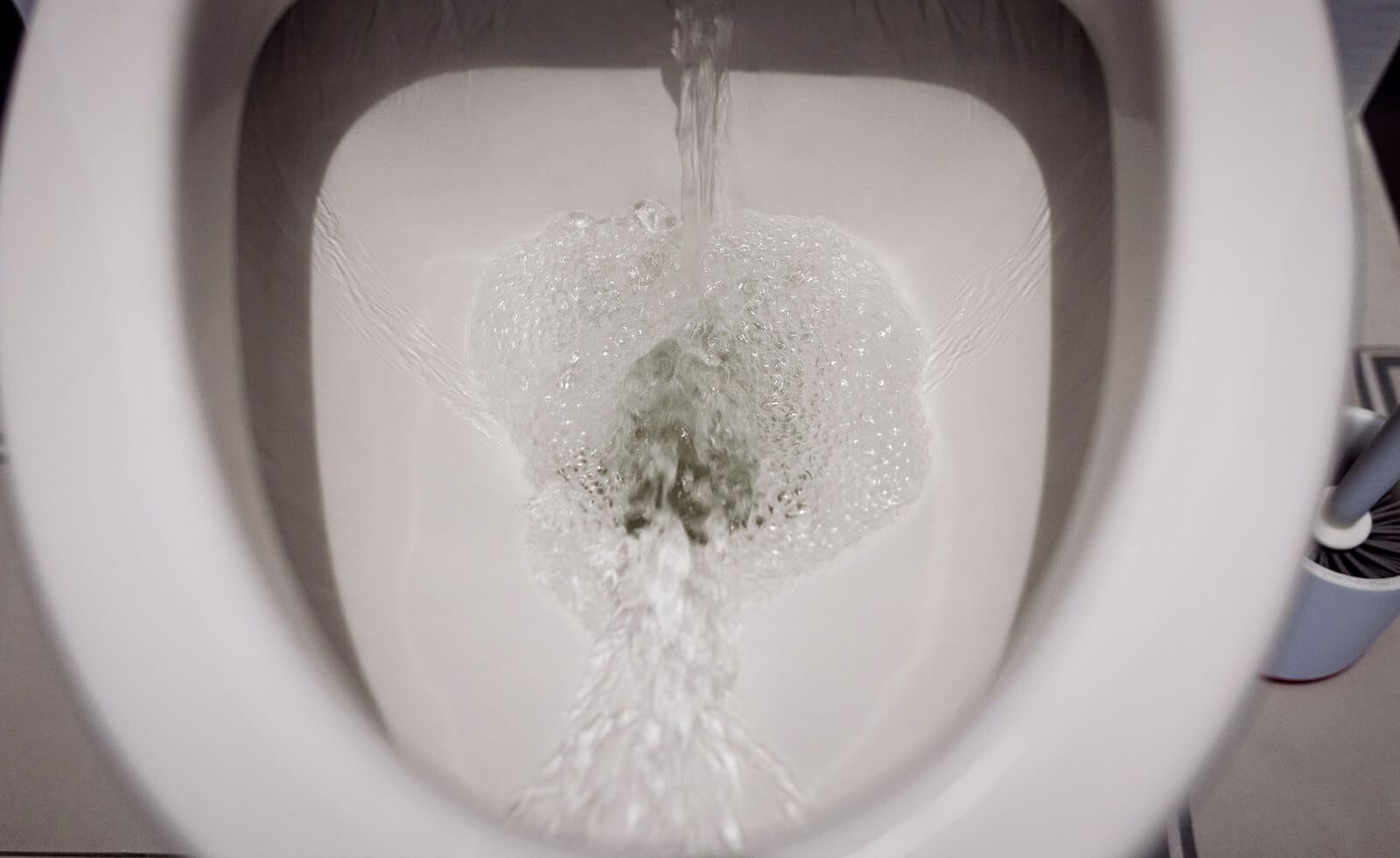
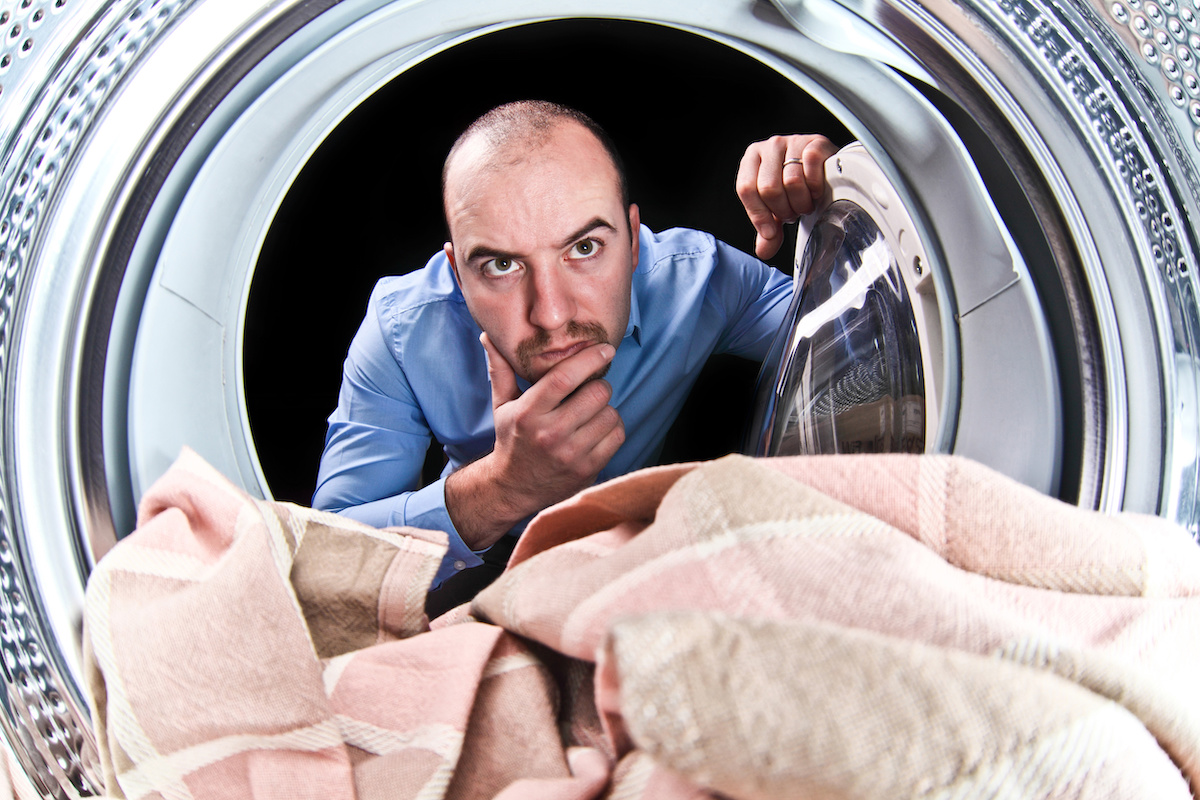
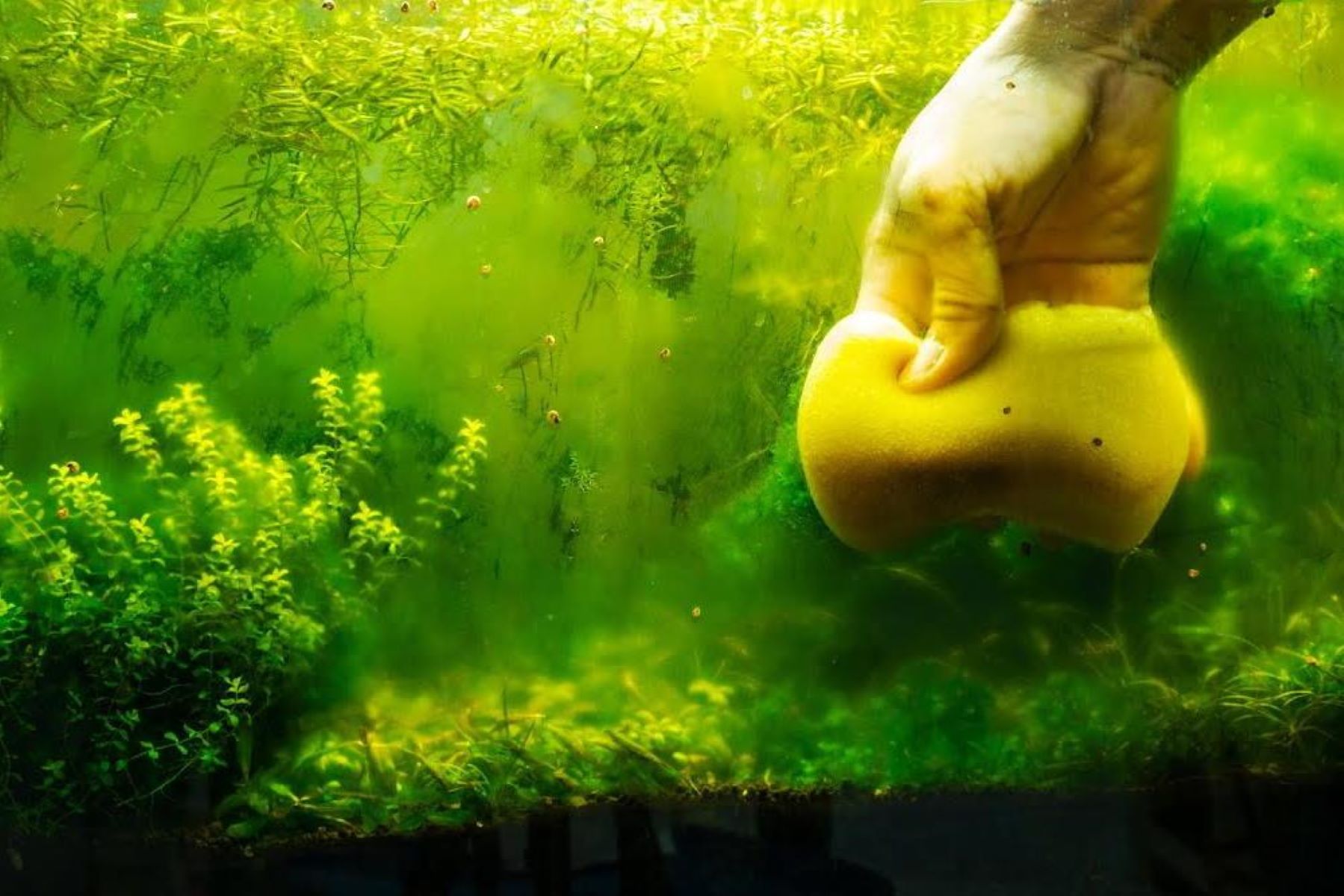
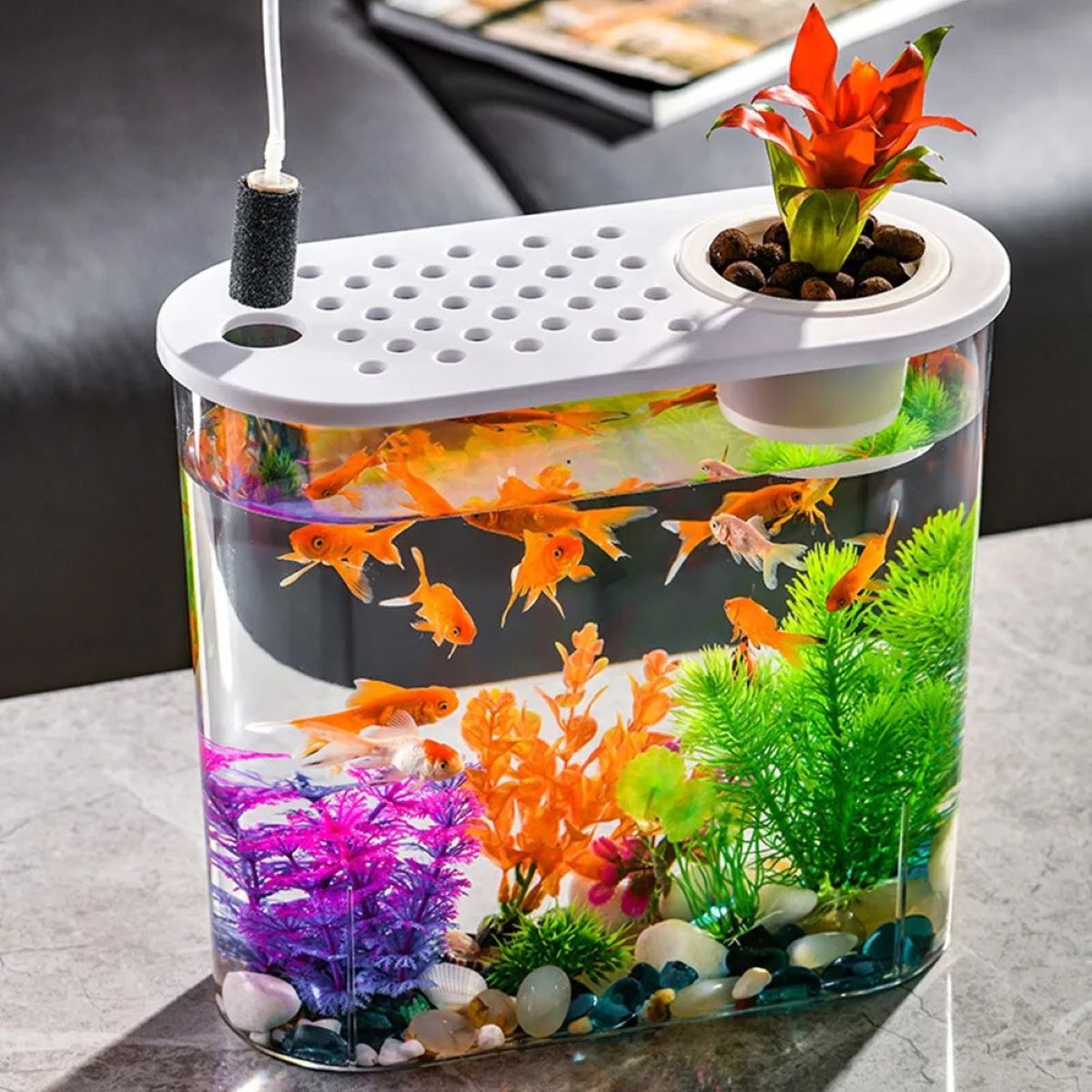

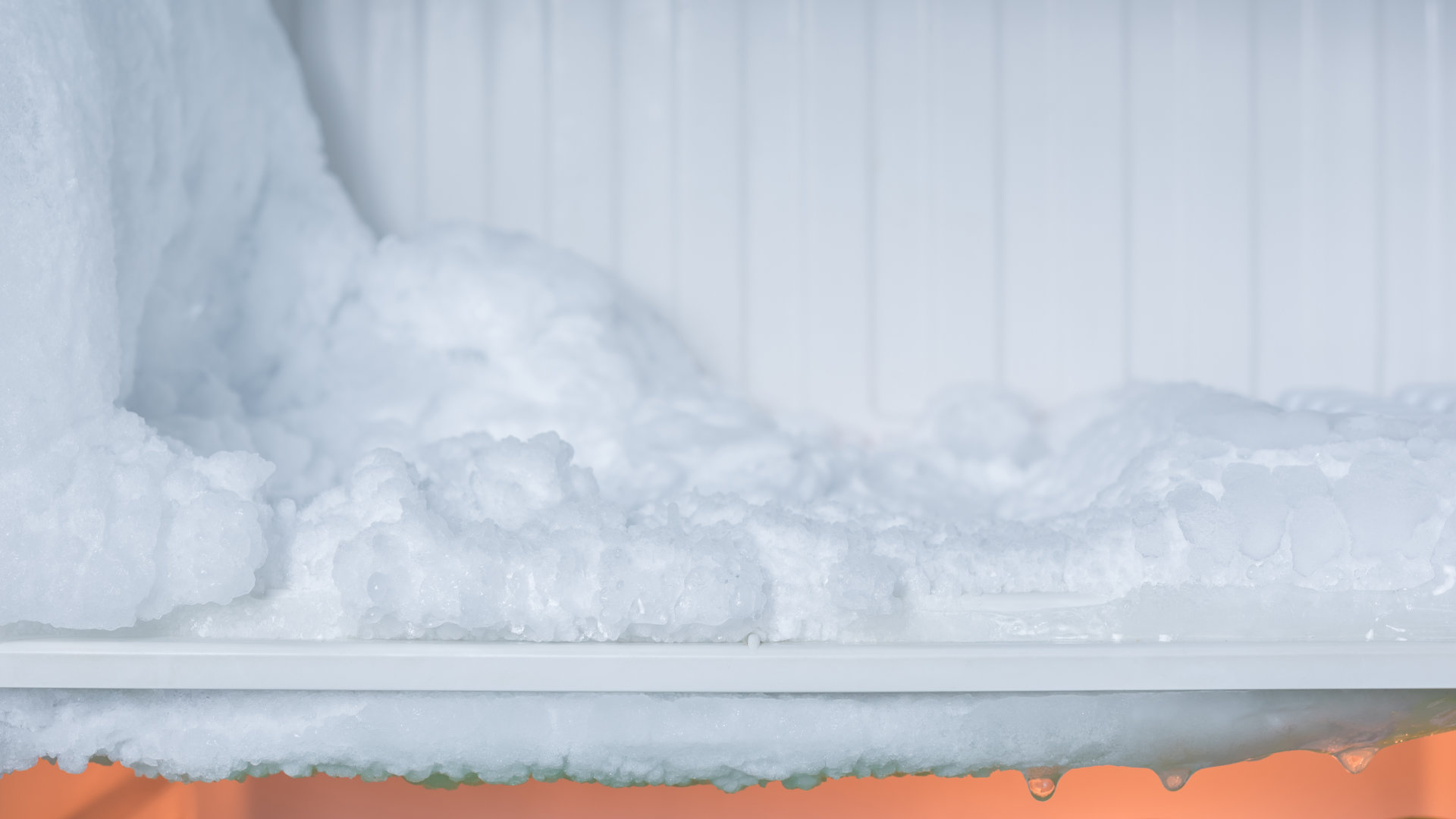
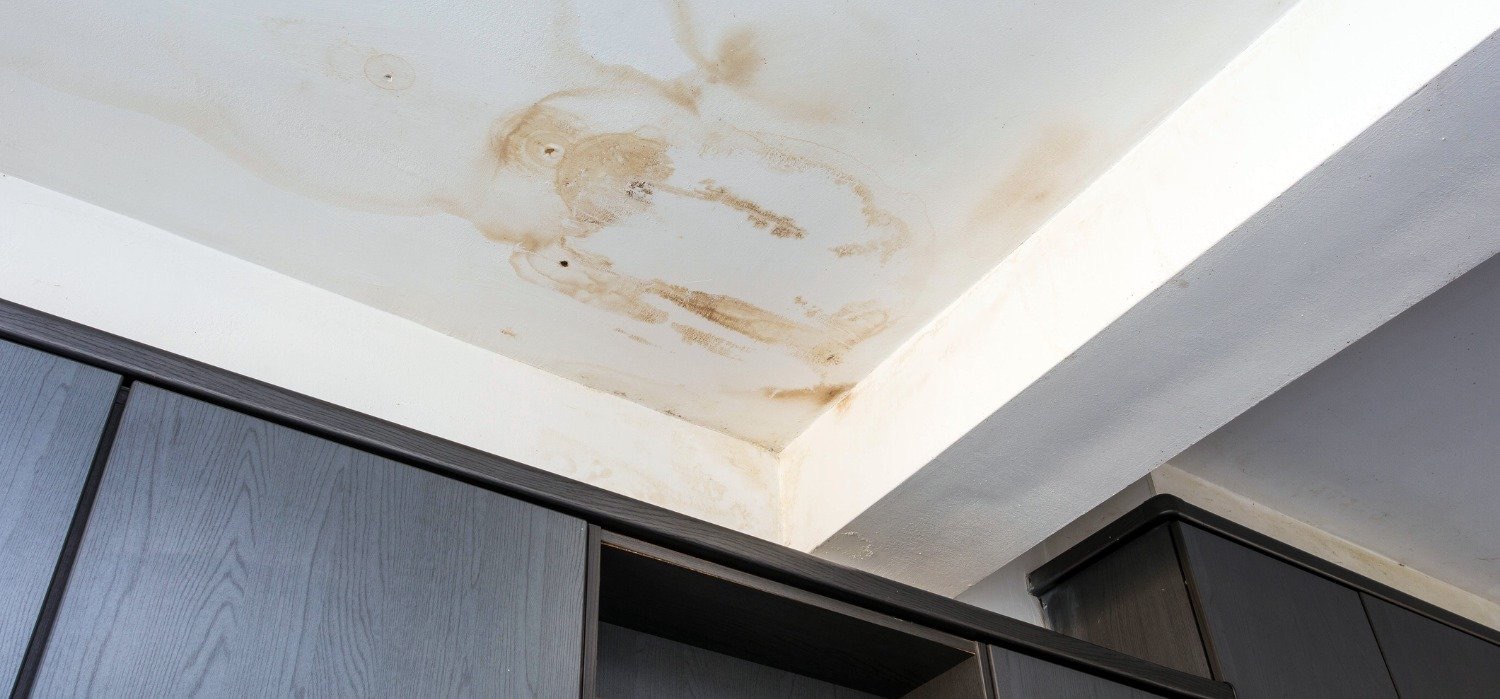
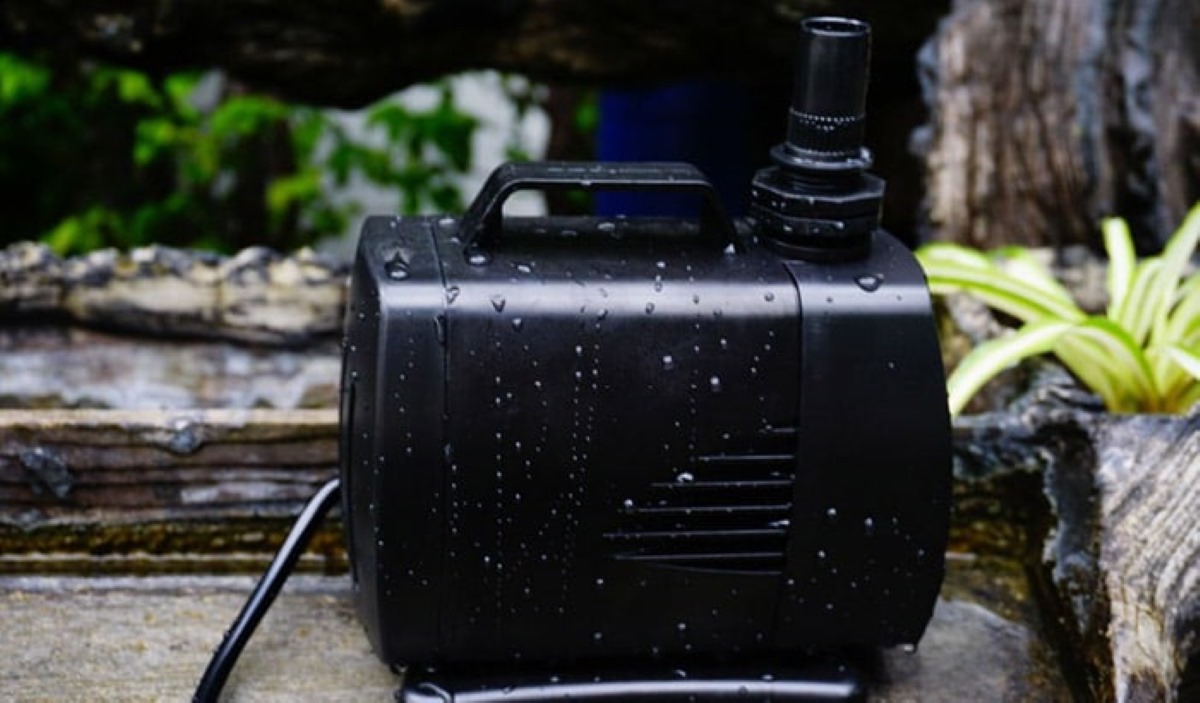
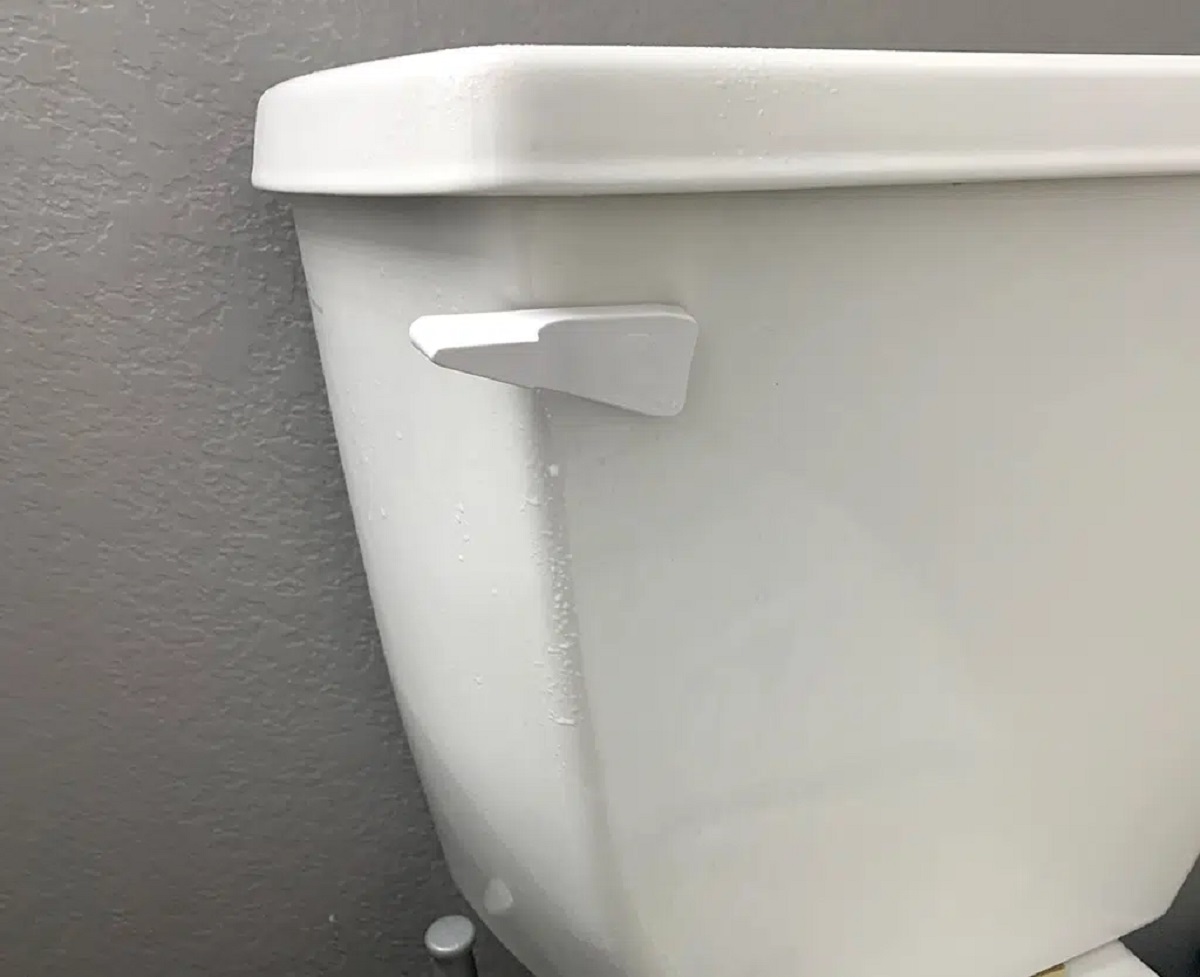
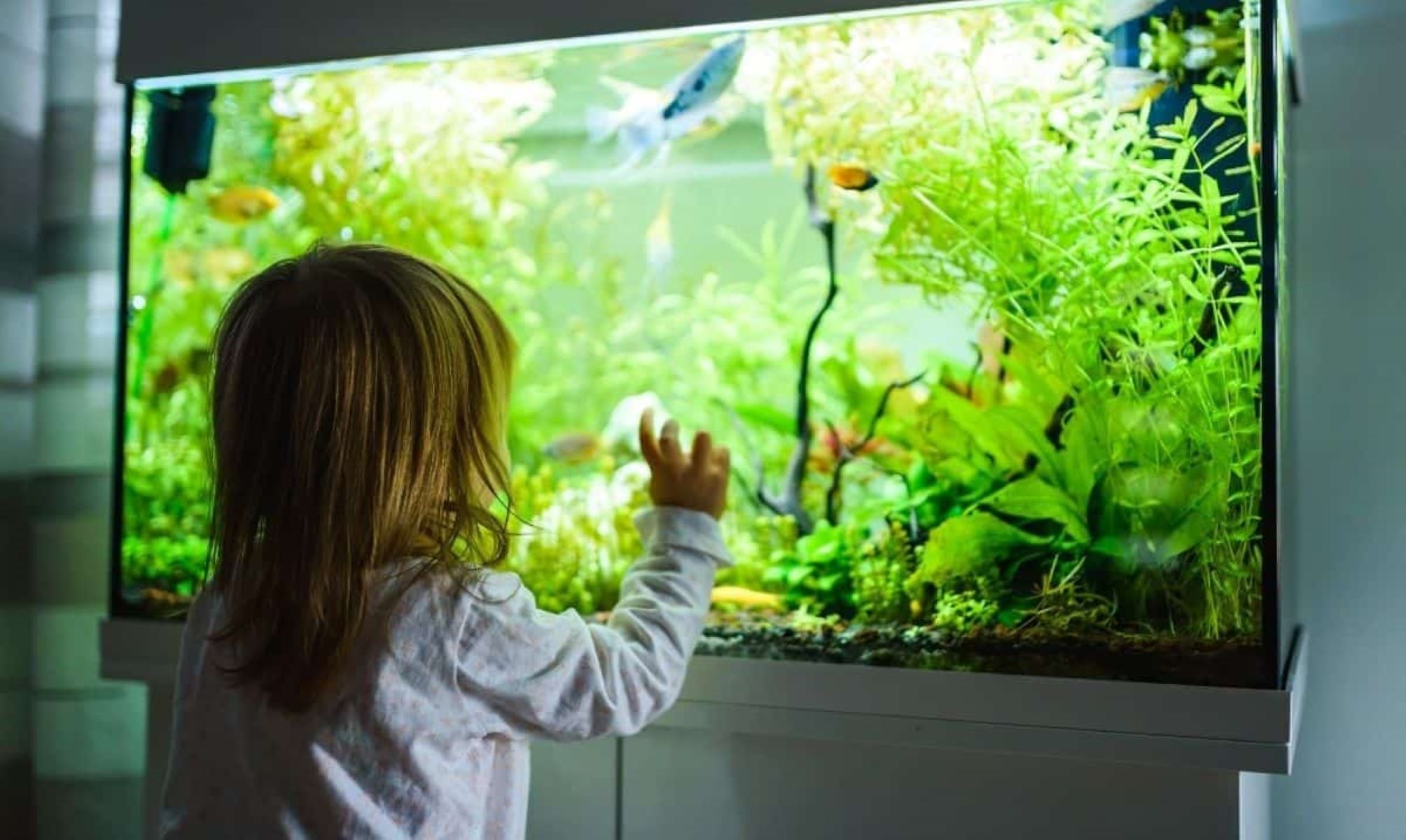

0 thoughts on “Why Does My Fish Tank Have Bubbles On The Glass”